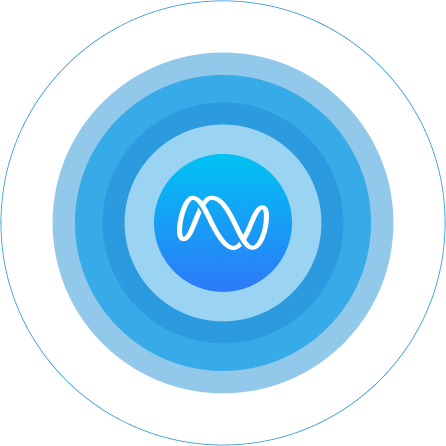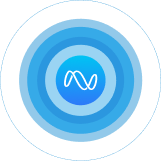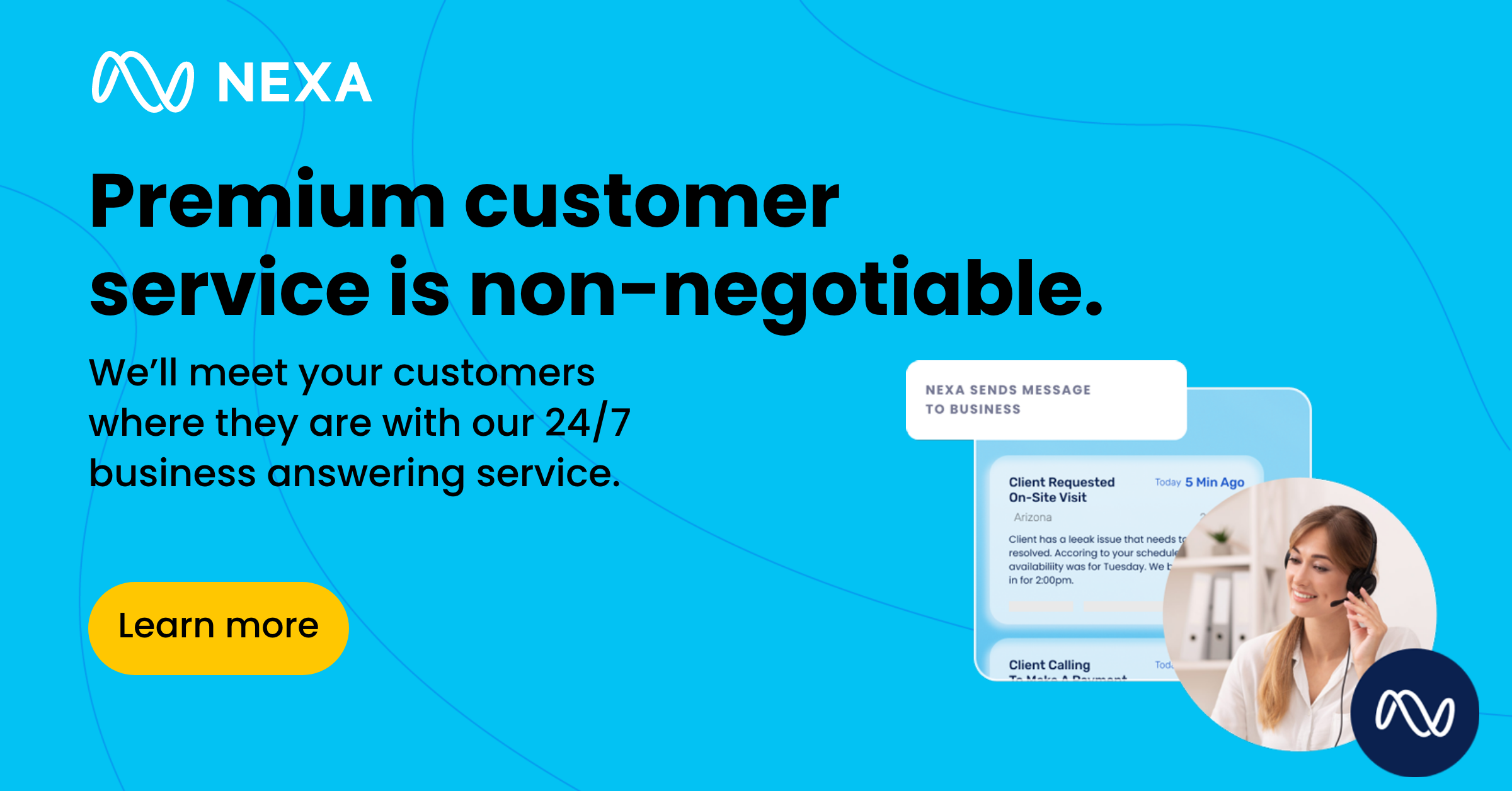Inbound call center outsourcing is a popular business move. But how do you know if it’s actually working? Read on for a guide on KPI call center inbound

Inbound call center outsourcing is a popular business move among small, mid-sized, and even some large companies for a number of reasons: reducing costs, freeing up employee bandwidth, and improving customer satisfaction, to name a few.
But how do you know if it’s actually working?
By identifying the proper KPIs—key performance indicators—to track and analyze, you can assess the success of your outsourced inbound call center. Despite the importance of KPIs, it’s only by close assessment that you can fully understand the customer experience. Still, these primary metrics are a great launching pad.
#1 Answer Time
Let’s start at the beginning. How long does it take for someone to answer your customer’s phone call? This key performance indicator is measured in seconds and can be broken up to show you the average answer times and how they vary throughout the day and week. This KPI does not include the amount of time it takes customers to navigate through an IVR (interactive voice response) system.
This is an important tool when trying to evaluate the efficiency of your call center, and it can also help you identify your busiest times and any necessary staffing changes. Customers can be quite impatient, and a long wait time could lead to abandoned calls or unhappy callers.
Many industry experts suggest an 80/20 rule as a solid benchmark to reach—answering 80% of calls within 20 seconds. In 2020, the average worldwide answer time was 98 seconds, with pick-up speeds as quick as 10 seconds and as slow as several minutes. At Nexa, we answer every call within three rings, meaning your answer time will be well within the desired timeframe, and far better than average.
#2 Handle Time
Once their call is answered, you’ll want to know how long it lasts. That’s where average handle time comes in.
Each caller and query is different, so making judgments about handle time based on a small sample size can be dangerous. Some problems require more time. However, once the sample is large enough, you’ll start to notice trends.
For a more accurate understanding of the call center’s handle time, you’ll also want to evaluate these two KPIs in tandem:
- Average Hold Time – A portion of each call may be spent with the caller on hold, while the agent looks up relevant information, confers with their team, or solves the problem in real-time. Generally, shorter hold times contribute to higher customer satisfaction score, but this detail can also provide context for longer average talk time.
- Average Idle Time – Anything the call center agent does to solve the caller’s issue after hanging up is part of their idle time. A very low average idle time could mean the agent has to solve the issue in real-time during the customer call, which could explain extra-long handling times. Alternatively, high idle times could explain why an agent’s total number of daily calls is low—they were busy solving complex problems in between each customer call.
Your clients want speedy customer service and quick solutions, so an optimal handle time will suggest more satisfied customers overall. However, this should be evaluated within the context of other KPIs.
#3 First Call Resolution
The number one goal in all call center interactions is to solve the customer’s problem efficiently and correctly—answering their question, rescheduling their appointment, providing the right resources, and so on. Unresolved issues lead to unsatisfied customers and repeat calls, which lowers overall operational efficiency.
This is where first call resolution (FCR) comes in. This key performance indicator is determined by dividing the total calls resolved on the first attempt by the total number of first calls. The lower your FCR rate, the better your call center is succeeding at resolving your customers’ issues.
#4 Customer Satisfaction
Want to know how your customers feel about their interactions with your call center? Ask them. That is one of the best inbound call center sales tips you can use. This customer service KPI may also be referred to as a Net Promoter Score (NPS) and will generally be ranked from 1 to 10, with 1 being the lowest score and 10 being the highest.
This can be very useful data, but only if you evaluate the data trends rather than individual inputs while accounting for outliers and unreasonable customers, who may score your call center poorly for reasons outside the call center agent’s control.
Customer satisfaction can also be identified through repeat appointments or purchases, specifically tracking customers who used your outsourced inbound call center services. Ongoing customer loyalty to your business is a more telling metric than a low ranking on an automated survey.
Result You Can Measure with Nexa
This is far from a comprehensive list of all the KPI call center inbound services rely on. That said, these important metrics will provide a starting point and help you better understand how your outsourced call center is performing. If you’re looking for a call center that delivers results and provides analytics to back them up, you’ll be thrilled with how Nexa performs across these metrics and more.
We provide you with real-time data that you can access anytime, anywhere. We’re confident in the results we deliver, and with our built-in analytic tools, you can be too.
Sources
- HDI. Metric of the Month: Average Speed of Answer. https://www.thinkhdi.com/library/supportworld/2020/metric-of-month-average-speed-of-answer.aspx








































































